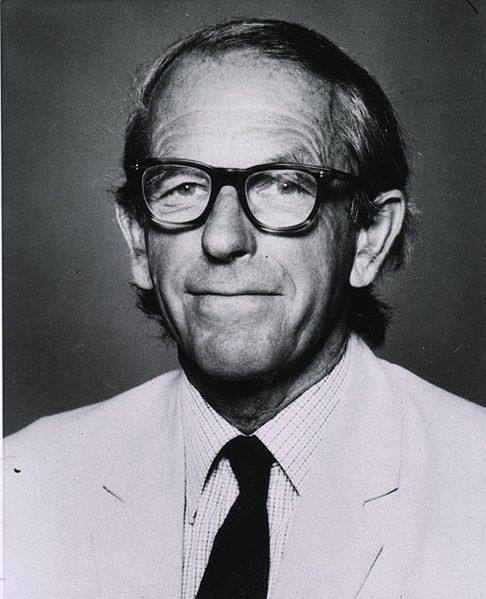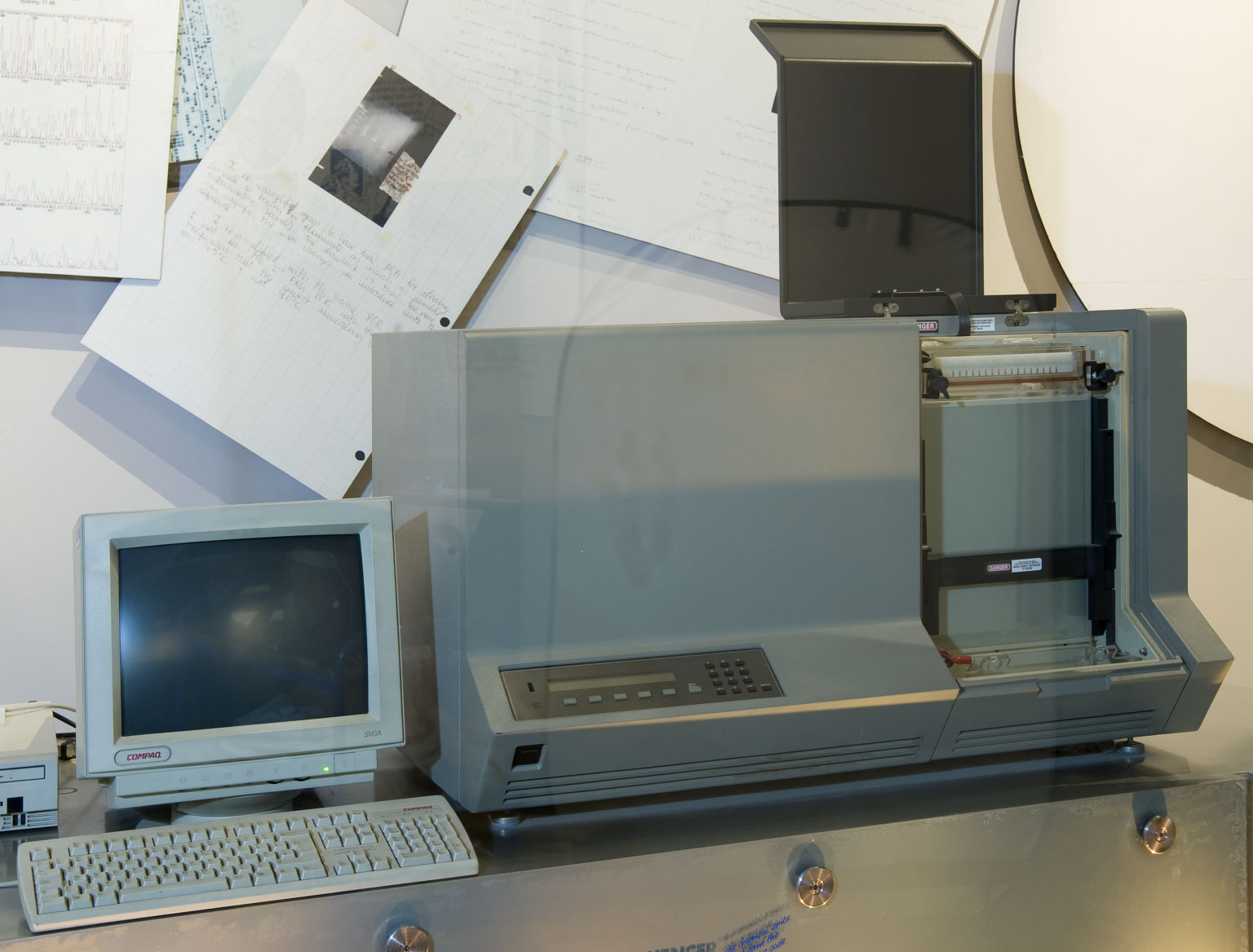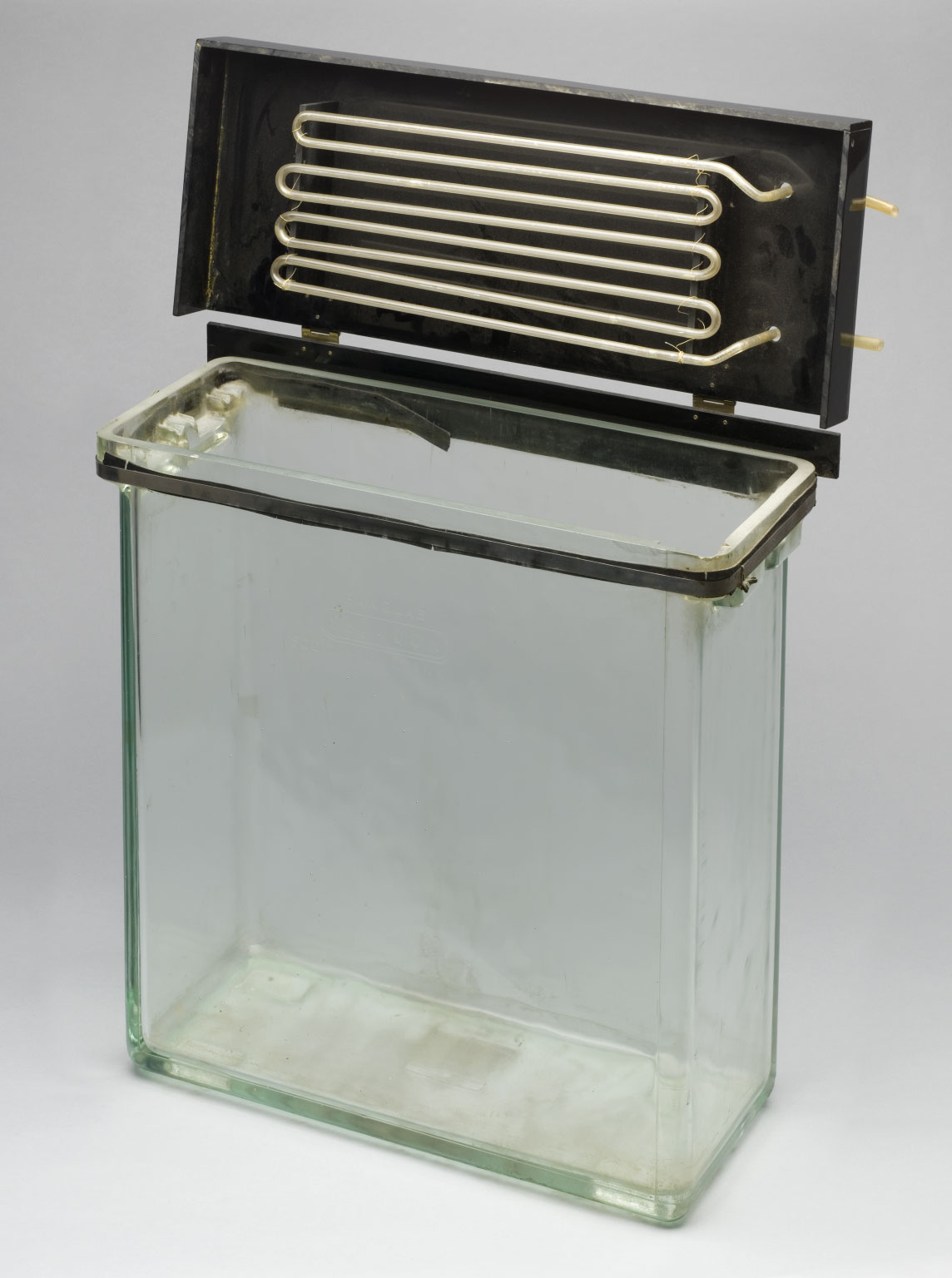Director of External Affairs, Roger Highfield, remembers Nobel laureate Fred Sanger.
The biochemist and Nobel laureate Fred Sanger would joke that ‘I am all right at the thinking, but not much good at the talking.’ Despite his huge influence, Sanger also once said that: ‘I am not academically brilliant.’

I met him for the first time among the audience of a Wellcome press conference in London and, not once in our chat about human genomics, did he let slip who he was and the landmark contribution that he had made to the field.
In fact this modest man was one of the greatest innovators of all time with his emphasis on developing new techniques, notably DNA sequencing, the ability to read the genome, or genetic recipe, of an organism while working at the Medical Research Council’s Laboratory of Molecular Biology in Cambridge.
Ian Blatchford, Director of the Science Museum, commented on hearing news of his death that Sanger was a ‘giant in genetics, who had an astonishing capacity to crack some of the most challenging problems in biology. His passing marks the end of an era in modern genetics.’
The American genome pioneer and synthetic biologist, Craig Venter of the J. Craig Venter Institute in Rockville and La Jolla, said on hearing the sad news: ‘Fred Sanger was one of the most important scientists of the 20th century. He twice changed the direction of the scientific world, first with the sequencing of insulin, proving that proteins were linear strings of amino acids and second with his then new method of sequencing DNA, which led to the field of genomics. His contributions will always be remembered.’
Most sequencing performed for the past decades is a direct extension of the methods that were pioneered by Fred Sanger. He unveiled his first partial DNA sequence in May 1975 and went on to deliver the first complete determination of the sequence of a DNA molecule: the 5375 ‘letters’ in the genome of a bacterial virus called phi-X174.

The DNA reading method that Sanger developed in Cambridge with Alan Coulson required the manufacture of lots of copies of the DNA molecule using an enzyme called DNA polymerase. For the polymerase to replicate DNA it needs DNA building blocks – molecules called nucleotides – which correspond to the four ‘letters’ of the genetic alphabet.
The enzyme reads from each end of the original molecule to make new copies. For sequencing, Sanger added another ingredient: molecules called ‘terminator nucleotides’, each radioactively-labelled, which are so named because they stop the polymerase when they are incorporated in the growing copy. As a consequence, the enzyme incorporates a terminator in the growing DNA chain, halting the process and marking the end of the growing chain with a radioactive molecule as a full stop.
Because this interruption occurs at any stage of the process of copying vast numbers of DNA molecules in the test tube, a mixture is produced of DNA fragments of varying lengths, each finishing with a radioactively-marked C, G, A or T, depending on which base had been labelled.
An electric field was used to drive these fragments through a gel to separate the DNA molecules according to their size and reveal the sequence: the largest pieces of DNA take more time to migrate through the gel. Because the radioactive label on all four terminators produces the same black mark on an X ray film, Sanger had to carry out four individual experiments, one for each different letter of the code, on four adjacent tracks on the same gel. When the genetic fragments separate, one track shows the DNA fragments that end with a C, one those that end with a G and so on.
Then Sanger and his colleagues studied the film, starting with the first band from the four letter tracks, moving to where the next closest band appeared. In this way, they could read the digital recipe of life. If the first, smallest, piece of DNA was in the C track, for example, then C was the first letter. If the next black mark was in the A track, then an A followed.
Sanger sequenced the 17,000 or so letters of DNA in the human mitochondrion, the energy factory found in our cells. This feat can be regarded the first human genome project. He won the Nobel prize for this work in 1980 but it was far from his first major award.

He had been given his first Nobel prize in 1958, for his research on the structure of proteins, when he worked out the order of the 50 or so amino acids that make up the insulin molecule. This work revealed how DNA specified linear strings of amino acids in proteins, and that proteins were not agglomerations of closely-related substances, as many had thought in the first half of the 20th century, but were indeed a single chemical.
The world has lost a gene genius.
Discover more about genetics in the Science Museum’s Who Am I? gallery.